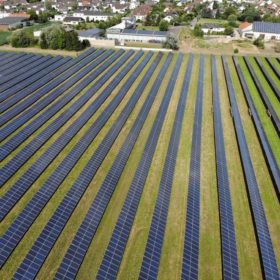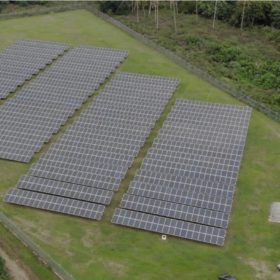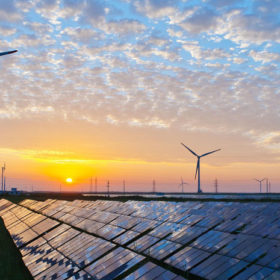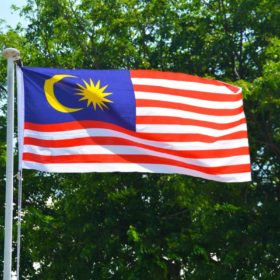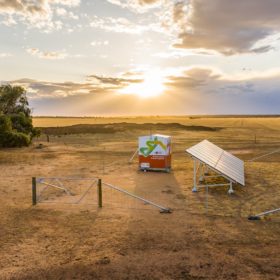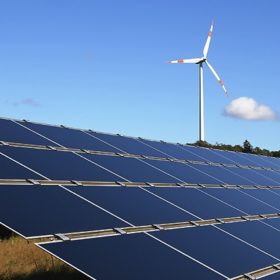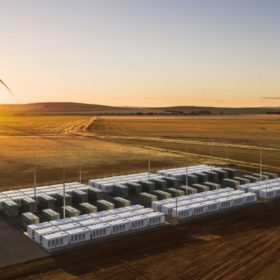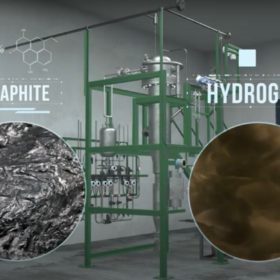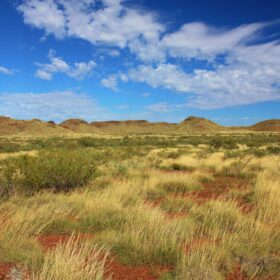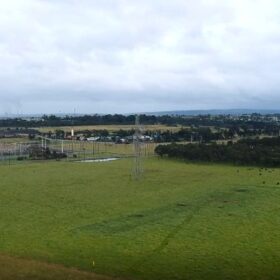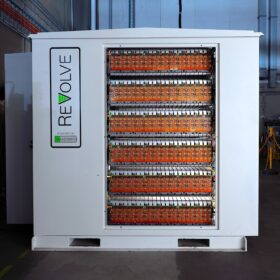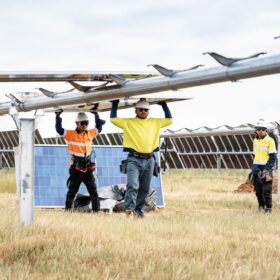Solar costs have fallen 82% since 2010
The levelized cost of energy generated by large scale solar plants is around $0.068/kWh, compared to $0.378 ten years ago and the price fell 13.1% between 2018 and last year alone, according to figures released by the International Renewable Energy Agency.
CEC publishes first ever national study of renewable energy workforce
The continuing dominance of the small-scale solar sector and the great potential for regional and rural jobs are just some of the findings in the Clean Energy Council’s “Clean Energy At Work”, a first-of-its-kind extensive report into the current renewable energy workforce and its potential over the next 10-15 years.
Australia tops up solar funding to Tonga
An additional $2.9 million from the Australian Government’s Outer Islands Renewable Energy Project (OIREP) is making its way across the sea to the kingdom of Tonga in the form of solar power plants and energy storage. The project is helping Tonga to achieve its target of generating 50% of its electricity from renewable sources by 2020 and 70% by 2030.
Really Australia, it’s not that hard: 10 reasons why renewable energy is the future
Australia’s latest greenhouse gas figures released on Friday show national emissions fell slightly last year. This was by no means an economy-wide effort – solar and wind energy did most of the heavy lifting.
Malaysia launches 1 GW solar tender
Sunday will herald the largest PV procurement exercise ever held in Malaysia. Half the available capacity will be directed to 10-30 MW facilities with the balance reserved for plants with capacities of up to 50 MW.
Renewable energy in the US surpassed coal for first time in more than a century
The coal era is officially over in the United States. Not since 1885, when coal replaced wood, have renewables taken the lead.
New rules pave the way for off-grid renewables to replace poles and wires
In a major reform of the energy rules, distribution businesses across Australia will be allowed to service remote areas with stand-alone power systems and avoid costly network upgrades.
Solar leads Australia’s energy transition as renewables set new record
In 2019, renewables continued to undermine the dominance of coal on the Australian grid and surged on the back of a massive 46% year-on-year jump in solar power, according to the latest data from the federal Energy Department.
Sun Cable to build Darwin megabattery
Following hot on the heels of Sun Cable’s awarding of its unprecedented cable route survey contract to Guardian Geomatics Pty. Ltd., the company has also announced planning approval for a Darwin megabattery to form an integral part of its Australia-ASEAN Power Link.
No time to waste, WA lends support to waste-to-hydrogen project
Western Australia’s Renewable Hydrogen Strategy is beginning to make moves with the backing of Hazer Group and the Water Corporation to produce hydrogen from biogas, an Australian-first with a technology developed in Australia.
